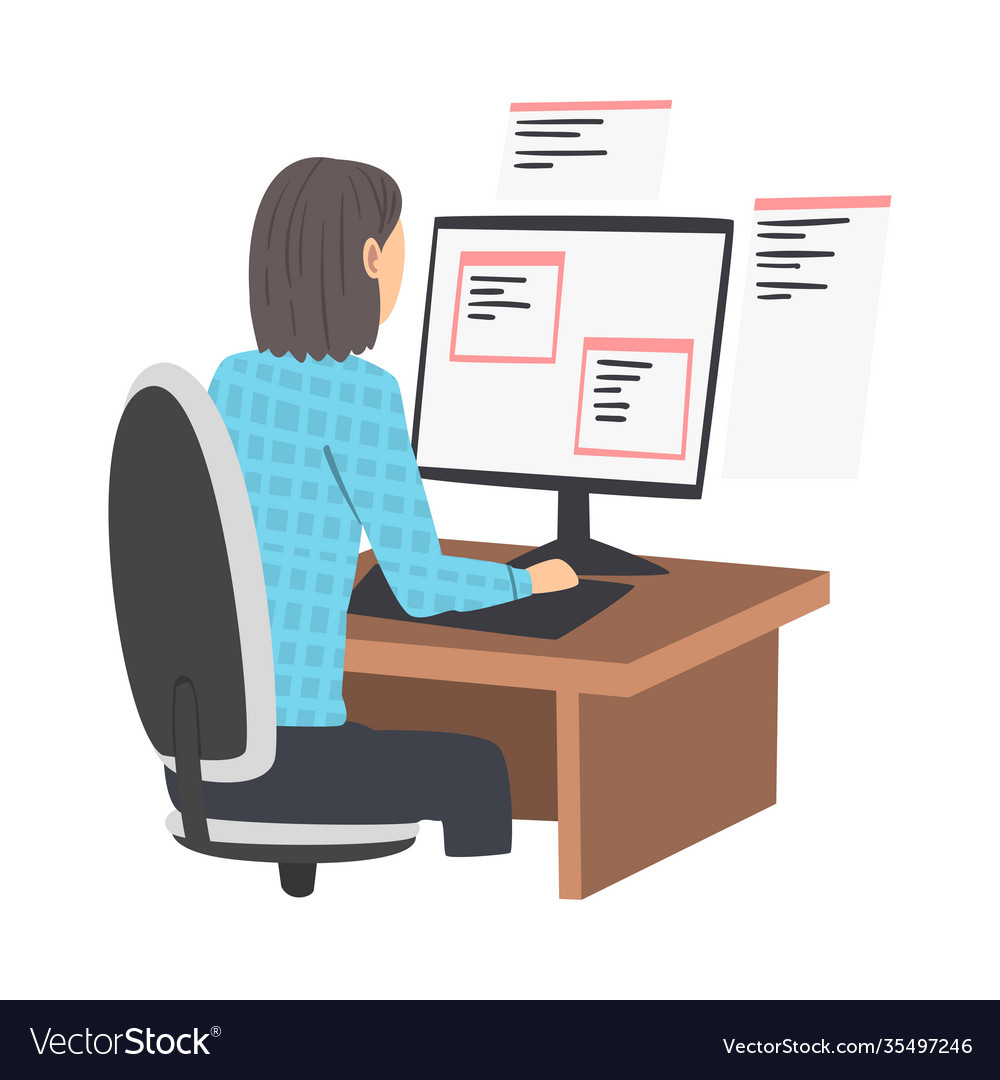Dedicated Developers vs. In-House Teams: Which Is Right for You?
The decision between making use of dedicated developers and preserving an in-house group is a significant one that can affect the trajectory of your projects and total company technique. On the other hand, in-house groups add to a natural firm society and a nuanced understanding of long-term goals.
Comprehending Dedicated Developers
The expanding demand for specialized skills in the tech sector has actually resulted in the development of dedicated designers as a viable option for several companies. These professionals are usually acquired on a job basis, enabling companies to leverage certain knowledge without the long-lasting dedication related to permanent hires. Dedicated programmers are frequently ingrained within a client's group, supplying flexibility and scalability to fulfill job demands.
This model permits companies to access a global talent swimming pool, which is specifically advantageous in a swiftly advancing technical landscape. Devoted designers can be sourced from numerous geographical areas, ensuring that firms can find the best capability at competitive prices. They typically bring a wealth of experience and expertise, having actually worked on varied projects across various sectors.
Additionally, committed developers can concentrate solely on the tasks handy, enhancing efficiency and efficiency. They are outfitted to incorporate effortlessly into existing process, teaming up very closely with in-house teams to attain task objectives. This technique not only minimizes the worry of employment and training yet likewise allows companies to continue to be dexterous, adjusting swiftly to altering market demands and technological improvements.
Benefits of In-House Teams

Additionally, in-house groups tend to have a much deeper understanding of the business's goal, values, and objectives. This placement can improve worker interaction and inspiration, as staff member really feel much more connected to their work and the company's success. Additionally, having a dedicated internal group enables for far better positioning of approaches and purposes, as these members are constantly concentrated on the business's top priorities.
In-house teams likewise facilitate quicker decision-making procedures, as they can react more rapidly to changes and challenges. The well-known partnerships and experience with business methods enable for structured operations and minimized miscommunication. Inevitably, the combination of a natural culture, positioning with organizational goals, and efficient interaction makes in-house teams a valuable asset for many companies, particularly those wanting to cultivate long-term development and advancement.
Cost Factors To Consider
When evaluating price considerations, both devoted programmers and internal groups existing distinct monetary implications for companies. Engaging devoted programmers typically entails a pay-per-project or per hour rate version, which can be affordable for businesses with varying job demands. This method allows for versatility in scaling resources up or down, ensuring that firms only spend for the solutions they need.
On the other hand, in-house teams entail repaired costs, including salaries, advantages, and overhead costs such as workplace and devices. While this design uses higher control and instant accessibility of resources, it may lead to greater lasting expenditures, especially if the workload does not warrant a full-time team.
In addition, firms ought to consider the surprise costs connected with employment and training of in-house workers, which can even more stress budget plans. In some instances, the moment and resources invested in handling an internal team can interfere with the organization's core organization goals.

Task Administration and Adaptability
Task management and adaptability are important factors that influence the choice in between committed designers and internal groups. Committed groups commonly have established procedures for taking care of projects effectively, leveraging specific techniques like Agile or Scrum, which assist in repetitive progression and adaptability.

Ultimately, the choice in between committed programmers and internal groups rests on the preferred degree of versatility and the details task monitoring needs. Firms have to review their functional characteristics, task intricacy, and resource accessibility to figure out which choice lines up best with their tactical purposes.
Making the Right Selection
Selecting the ideal advancement technique-- official site specialized designers or in-house teams-- requires a mindful evaluation of numerous factors that align with a firm's calculated goals. hire dedicated developers. First, think about the nature of the project. If it demands specialized skills or a fast scale-up, devoted programmers may be more ideal. On the other hand, in-house teams can provide much better continuity and assimilation with existing employees.
Following, examine your budget plan. Committed developers frequently provide an affordable option for temporary tasks, while internal teams may sustain greater lasting expenditures due to wages, advantages, and overhead costs. Evaluate the degree of control and partnership desired; in-house teams usually foster stronger communication and alignment with firm society.
In addition, take into consideration the time structure. If prompt results visite site are essential, devoted programmers can be onboarded swiftly, whereas constructing an internal group requires time for employment and training. Ultimately, consider the long-term vision of your company. If continuous development is vital, investing in an in-house team may yield far better returns gradually. Inevitably, the choice pivots on a detailed analysis of these factors, guaranteeing positioning with your business's functional demands and general purposes.
Conclusion
In final thought, the decision in between internal teams and specialized designers hinges on task requirements and organizational objectives. On the other hand, internal groups cultivate a cohesive society and much deeper positioning with long-lasting objectives.
The choice in between using devoted read the article designers and maintaining an internal group is a substantial one that can impact the trajectory of your jobs and general company strategy.Task monitoring and versatility are vital elements that affect the selection between specialized programmers and internal teams. hire dedicated developers.In comparison, internal groups may succeed in keeping a regular task monitoring framework due to their knowledge with the company's culture and lasting goals. Committed programmers typically present a cost-effective option for short-term jobs, while internal teams might incur higher lasting costs due to wages, benefits, and overhead expenses.In conclusion, the decision between committed developers and internal teams pivots on job needs and business objectives